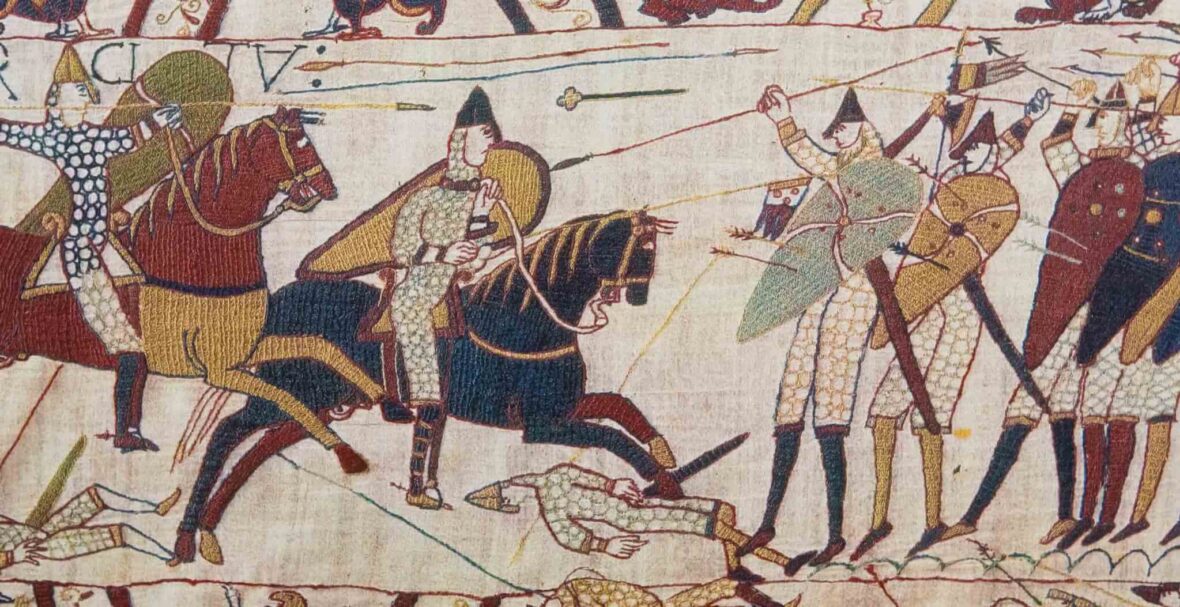The history of England is always marred with colonialism and imperialism. It goes to the extent that most of us (non-Britishers) don’t know much about the earlier history of England. Today, we will learn about the Battle of Hastings, a significant battle in the entire history of England. Take a look below for our list 30 interesting facts about Battle of Hastings that you should know.
1. William was the offspring of the duke of Normandy, Robert I, and Herleva, his mistress. As the duke didn’t produce any more sons with his wives, he declared William as his heir.
2. It is believed that William came to England in 1051, and Edward the Confessor promised William to make him the king as he didn’t have any children.
3. William became the Duke of Normandy after Robert I’s death in 1035.
4. Harold Godwinson was declared as King Harold II in January 1066. William disputed the claim once he came to know about the news.
5. On 28 September 1066, William reached Pevensey (present on the southeast coast of Britain) with his army.
6. He seized Pevensey with ease and marched towards Hastings. He waited at Hastings to organize his army.
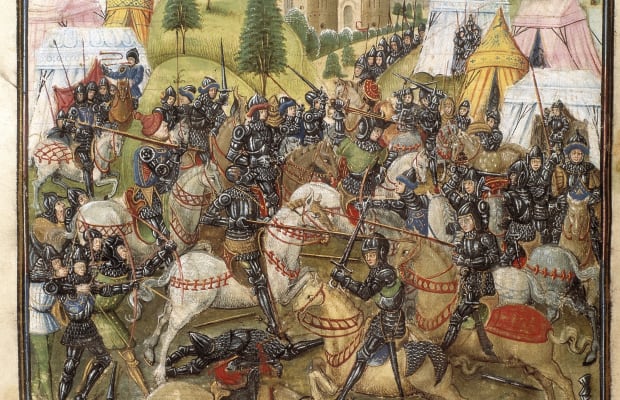
7. On 13 October 1066, Harold II reached Hastings. The battle took place on 14 October 1066, and William won over Harold II.
8. It is said that Harold went down when he was hit with an arrow in his eye, and soon enough, his forces were destroyed. However, it is now considered a myth. According to historians, he was beaten to death.
9. After the fall of Harold II and his army, William marched to London, and the city submitted to William.
10. William the Conqueror was crowned as the first Norman king of England on the Christmas day of the year 1066.
11. The ceremony took place in Westminster Abbey. With this battle, the Anglo-Saxon phase of England’s history (which continued for over 600 years) came to an end.
12. The court’s language changed to French and eventually mixed with Anglo-Saxon accent to produce the modern English language.
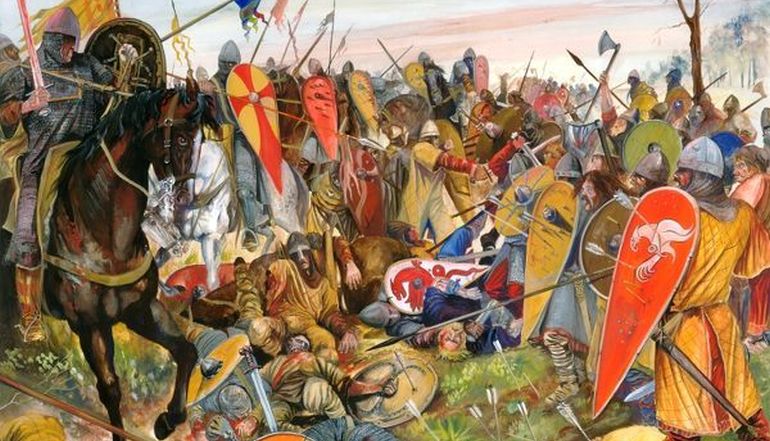
13. Despite William’s efforts, he couldn’t learn English. William I proved to be a magnificent king for England.
14. Like most of the battles, the Battle of Hastings did not take place in Hastings. It took place in battle, a town which is 7 miles away from Hastings.
15. It may be a bit bizarre to note that the armies took a lunch break in the middle of the battle.
16. The battle lasted from morning 9 to late evening. It was a lengthy battle when compared to other medieval battles.
17. Genealogists found that 25% of the population of England descended from William I.
18. Normans used a tactic of French soldiers called “feigned flight.” Normans pretended to run away from the battleground, which made English soldiers break their formation. Once the structure broke, they were vulnerable to the attack of Normans.
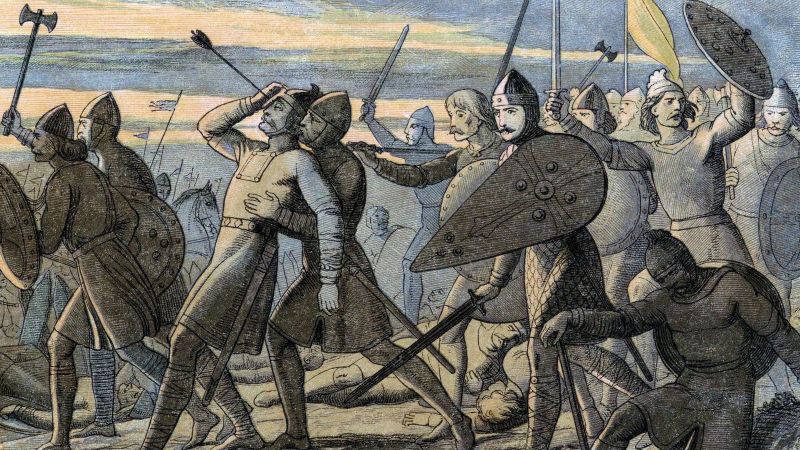
19. One primary reason why William won was the number of soldiers. Fifteen thousand soldiers were present in William’s army, whereas only 5,000 soldiers were present in Harold’s army.
20. It is brave of Anglo-Saxon soldiers that they kept on fighting even after their king succumbed. However, few of them fled.
21. Another reason why William I won over Harold II was that William I was experienced in terms of military leadership than Harold II.
22. William, I am famously known as William the Conqueror. However, he got this title 200 years after his death.
23. No one knows where the remains of Harold II are even to this day. There is a gravesite at Waltham Abbey, but the exact location of his body is not known.
24. Normans had to sail 700 ships through the English Channel to reach Hastings!
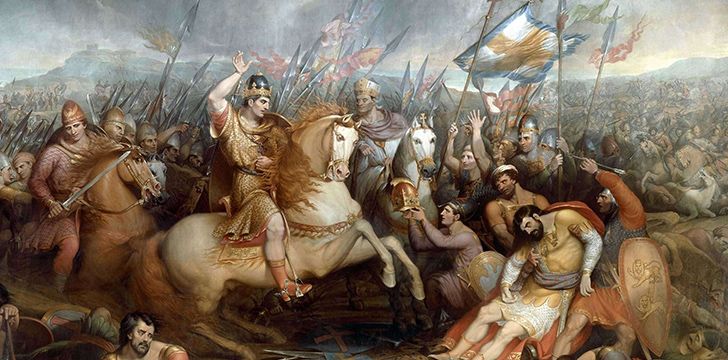
25. William made a promise that if he won in the battle, he would build an abbey. He won, and he built a monastery where Harold was killed.
26. The bodies of fallen soldiers of the Norman army were buried in a big common grave. The location of it is unknown.
27. William, I spoke French and grew up in France, but he was of Viking origin.
28. 25% of the Norman army was on horses, and all of the Anglo-Saxon armies were on foot. This was another area where Normans had the edge over Harold’s army.
29. William invaded England two weeks before the Battle of Hastings started.
30. A tapestry called “The Bayeux Tapestry” was made to celebrate William’s victory. This tapestry had a lot of details about the battle.

